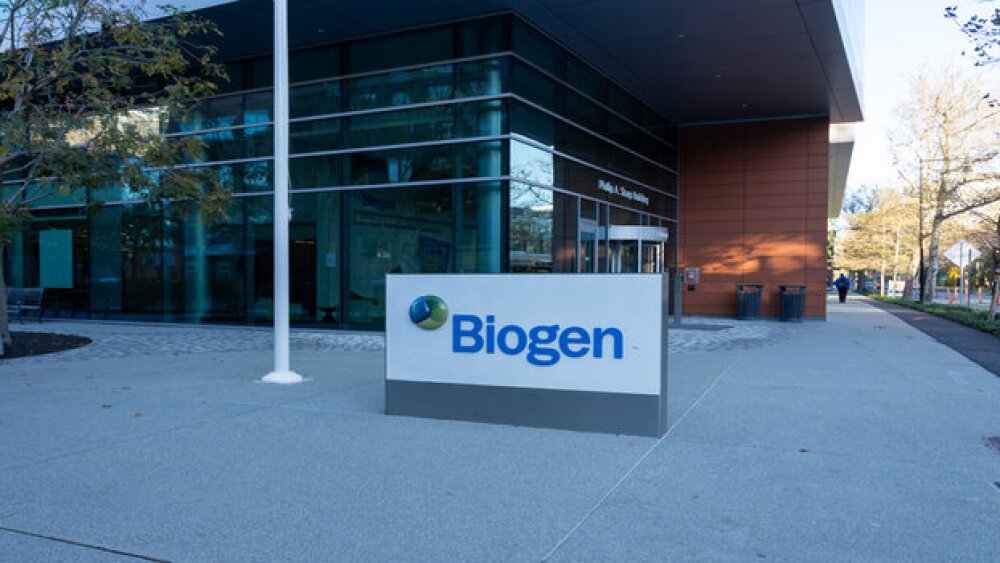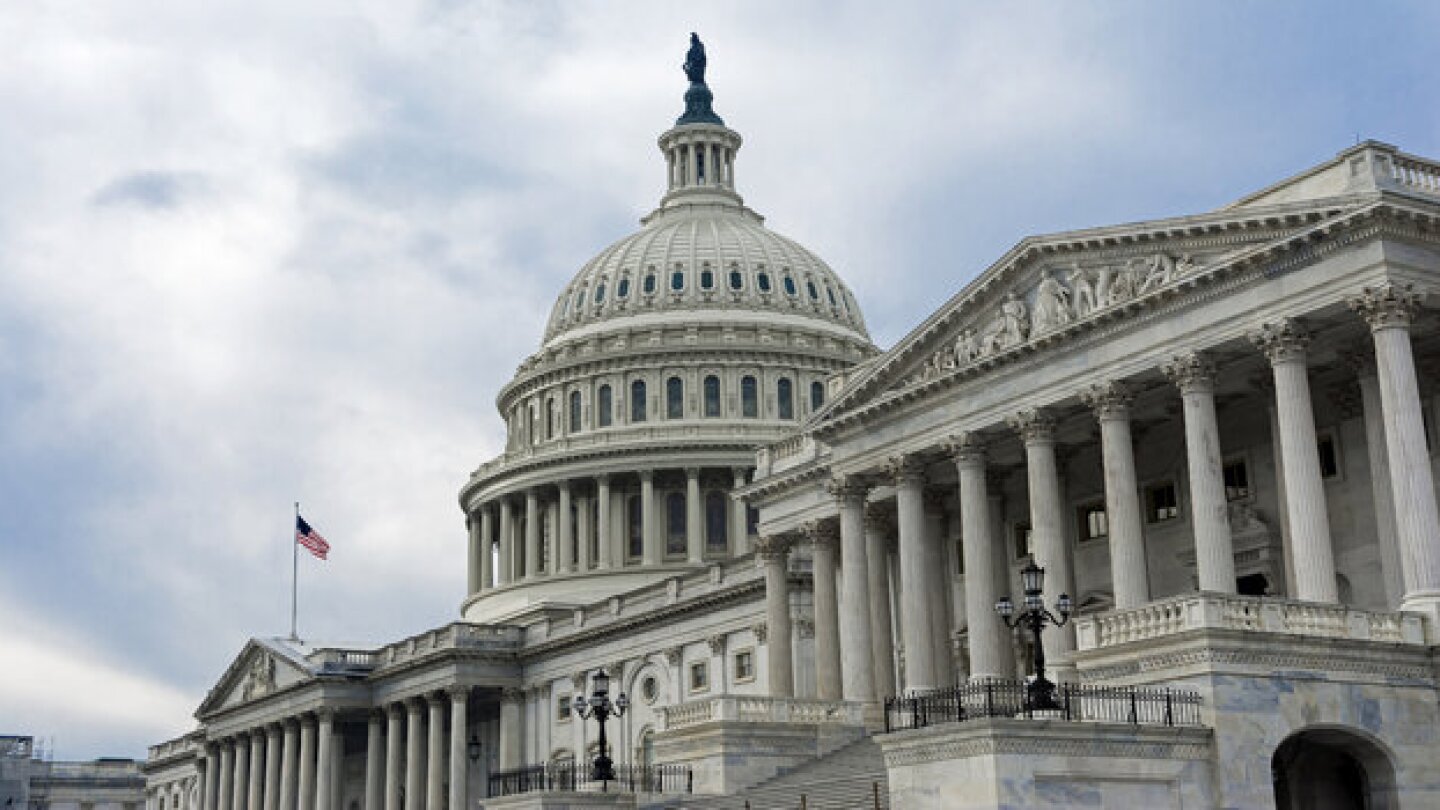News
CMS Administrator Mehmet Oz clarified that a deal has not yet been sealed with the manufacturer of semaglutide, Novo Nordisk, or any other GLP-1 drugmaker.
FEATURED STORIES
With two late-stage programs set to read out in the next 48 months, Biogen is translating its wealth of experience in multiple sclerosis to lupus—developing a pipeline BMO Capital Markets analysts called “thoughtful.”
New FDA expert panels, such as recent meetings on SSRI use during pregnancy and on hormone replacement therapy during menopause, are drawing criticism for being one-sided. One leader says such panels are designed to reach a specific conclusion.
Amid an unprecedented turnover in leadership at the FDA and mass layoffs of staff, communication has crumbled and uncertainty runs rampant, leaving small and medium biopharma companies without a clear path forward for their therapies.
Job Trends
Mika Health, a global digital therapeutics developer specializing in meeting the needs of cancer patients, in collaboration with AstraZeneca and Daiichi Sankyo, announced at the HLTH Europe conference, a digital initiative to improve the experience of women receiving breast cancer treatments.
FROM OUR EDITORS
Read our takes on the biggest stories happening in the industry.
Unpredictable communication and a lack of transparency are eroding the industry’s and the public’s trust. The FDA, experts agree, needs to take control of the narrative.
THE LATEST
Looking for a biopharma job in Boston? Check out the BioSpace list of six companies hiring life sciences professionals like you.
In this episode presented by PII, BioSpace’s head of insights discusses with guests Oliver Eden and Travis Webb how autoinjectors offer opportunities to improve delivery systems, patient compliance and clinical trial processes.
Both Halozyme and Elektrofi have partnered with several Big Pharma companies to provide drug delivery technologies.
President Donald Trump last week announced that 100% pharma tariffs would come Oct. 1, but a White House official has clarified that that’s when the government will “begin preparing” the levies.
Takeda is looking to offload its cell therapy platform and preclinical assets to a yet-unidentified external partner. 137 employees will be let go as part of the move.
With layoffs happening at biopharma companies of all sizes, some may wonder which jobs are safest. Talent acquisition experts spoke to BioSpace about the areas and roles they recommend to biotech and pharma professionals hoping to avoid staff cuts.
At the heart of the agreement is Pfizer’s $70 billion commitment to U.S.-based manufacturing and an exemption from tariffs for three years. While the reaction was mostly positive from Wall Street, other observers noted that the benefits for patients are unclear at best.
As with recent rejections for Biogen and Scholar Rock, manufacturing issues stymied a regulatory bid from Fortress Biotech and Sentynl Therapeutics. Fortress said the FDA did not flag problems with the drug’s safety or efficacy.
Due to policies regarding industry user fees, the FDA will not be able to accept any new drug applications for the duration of the government shutdown, according to Leerink Partners.
The business separation, expected to be completed by the end of 2026, will result in two new companies, one focused on biopharma operations and the other on royalty management.

















